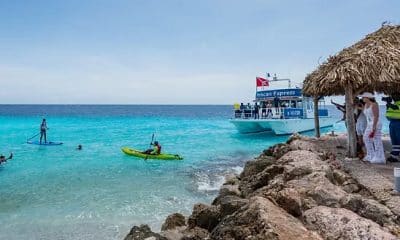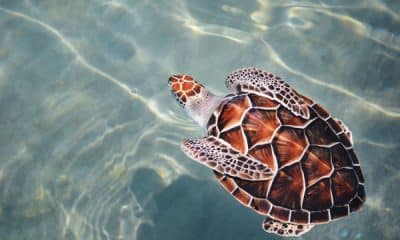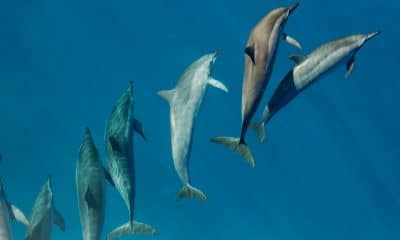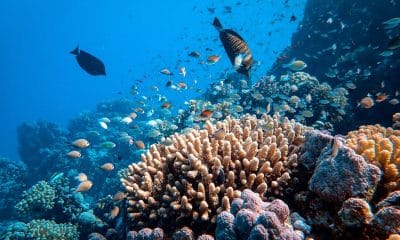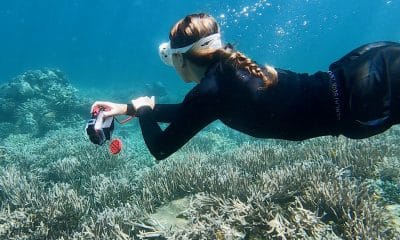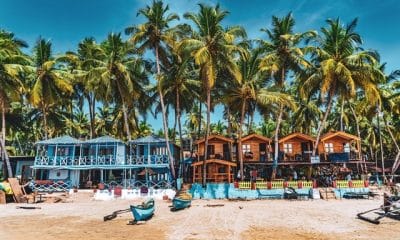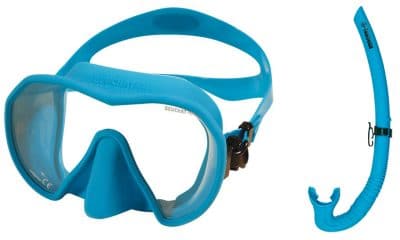Blogs
Top 12 Snorkeling Destinations in Oceania – Part 1
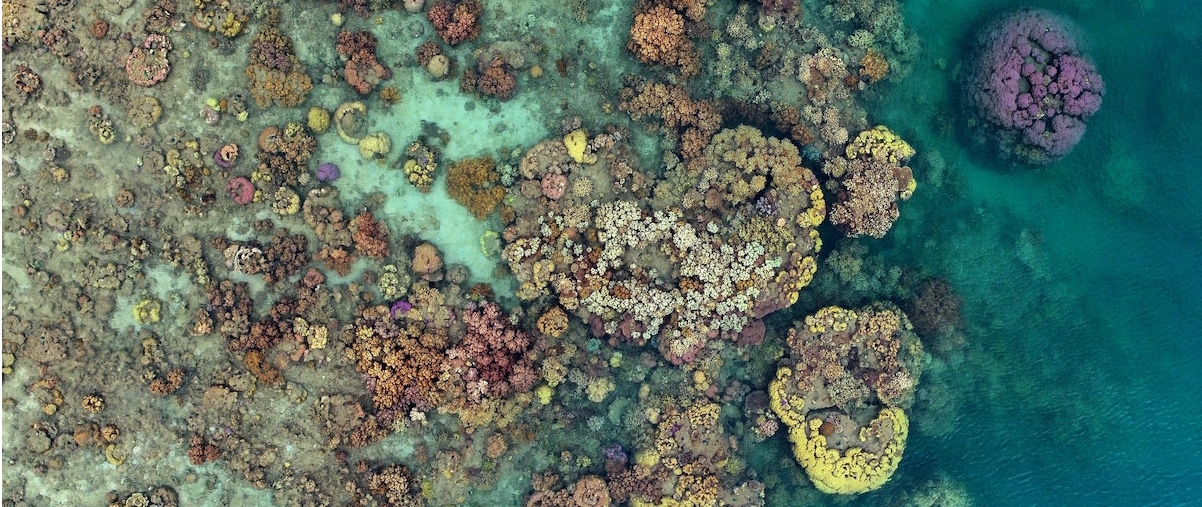
Encompassing over 8 million square kilometers, Oceania hosts some of the world’s most idyllic snorkeling destinations. There are untouched reefs and shallow wrecks, countless forest-draped islands, and volcanic landscapes with rich black sands full of weird and wonderful critters. With abundant marine megafauna, including manta rays, whales, dolphins, seals, sharks, and thousands of sea turtles, it is a paradise for every ocean fan. Read on for part I of our round-up of 12 great places to go snorkeling in Oceania.
Australia
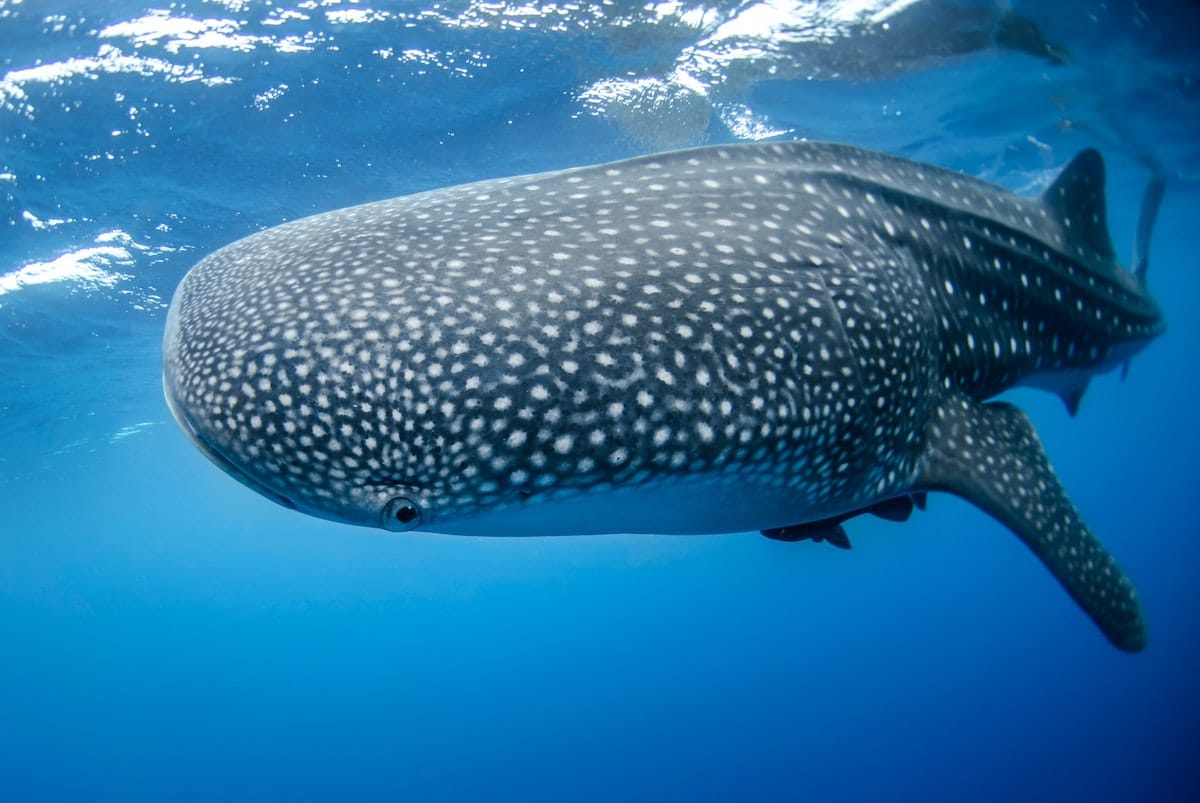
Drop a pin on a map of Australia’s vast coastline and you will likely land close to some epic snorkeling spots. There are dozens of places to experience the best of Australia’s rich and varied underwater landscapes.
In the remote northern reaches of the Great Barrier Reef, there is a sea turtle nesting area that hosts more than 60,000 green turtles each nesting season. A little further south at Cairns, there is classic Great Barrier Reef scuba diving and excellent snorkeling, with reef sharks, friendly dwarf minke whales, and vibrant coral reefs teeming with fish. If you’re keen to try diving, this is one of the best places to get your diving license and then hop on a short liveaboard to explore.
The southern Great Barrier Reef hosts Australia’s best-known manta ray hotspots, Lady Elliot Island and Lady Musgrave Island. Diving in Australia isn’t just about the Great Barrier Reef though. There is excellent snorkeling close to many of Australia’s coastal towns and cities.
You can snorkel with beautiful weedy sea dragons near Melbourne, go cage diving with great white sharks off Port Lincoln, or swim with enormous stingrays in Port Philip Bay. Ningaloo Reef’s many whale sharks are one of the top reasons to go snorkeling in Australia, but you will be spoilt for choice wherever you choose to explore.
New Zealand
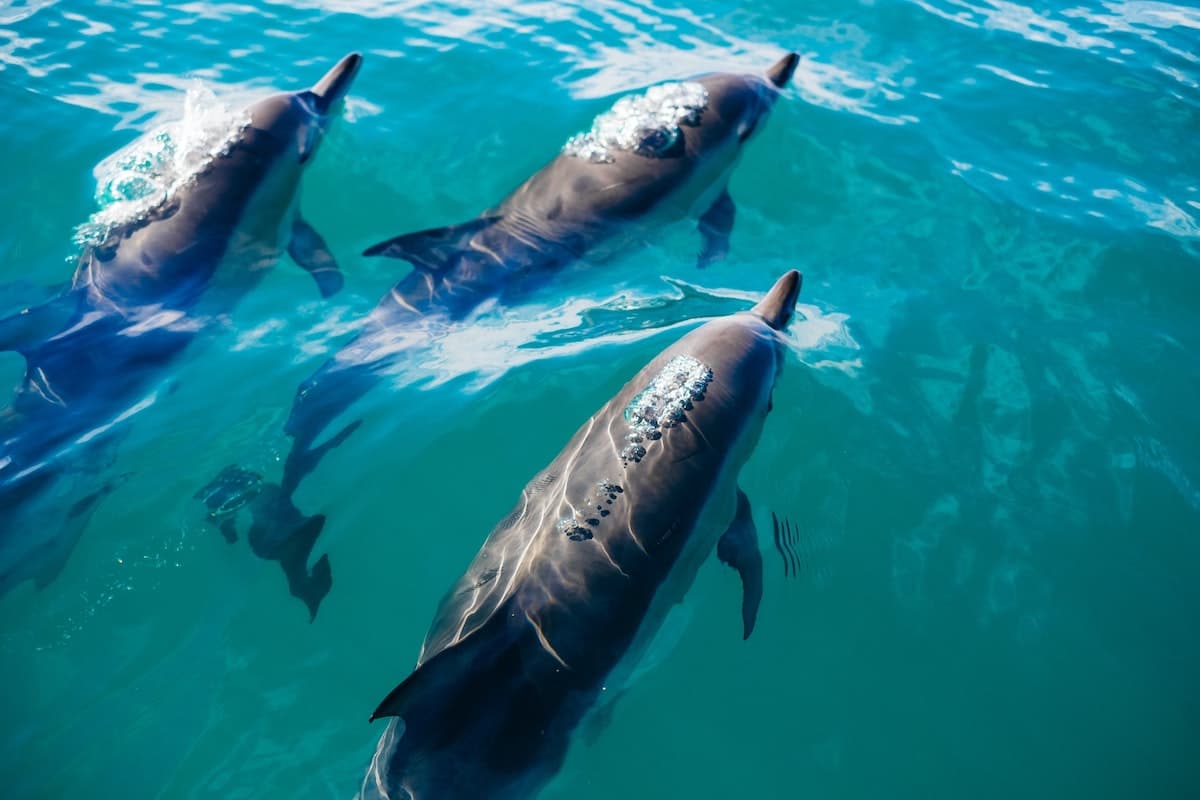
New Zealand may be a lot smaller than Australia, but it packs a punch when it comes to snorkeling. With over 600 islands, 44 marine reserves, and the 9th longest coastline in the world, snorkeling in New Zealand is diverse, unique and fascinating.
Sun-soaked Northland is the best place to start your snorkeling trip in New Zealand and features the famous Poor Knights Islands. These unique islands were rated as one of the world’s top ten dives by Jacques Cousteau and offer sub-tropical snorkeling among sun-dappled kelp forests that huge shoals of fish and stingrays.
Further south, the Mercury and Aldermen Islands are a summer playground for Aucklanders and tourists alike. This picture-perfect area is dotted with white sand beaches and has fantastic warm-water snorkeling. There are volcanic rock formations with an abundance of marine and birdlife. Seasonal visitors include whales, bronze whaler sharks, makos, marlin and other prized finds.
You can go swimming with wild bottlenose, common and dusky dolphins in the Marlborough Sounds or head south to Kaikoura to meet some ocean giants. Kaikoura is one of the only places in the world where you can see sperm whales all year and is a great place to go swimming with seals. Make sure you spend a few days there to snorkel the coastline and join a local boat tour to meet Kaikoura’s albatrosses, dolphins and sharks.
Fiji
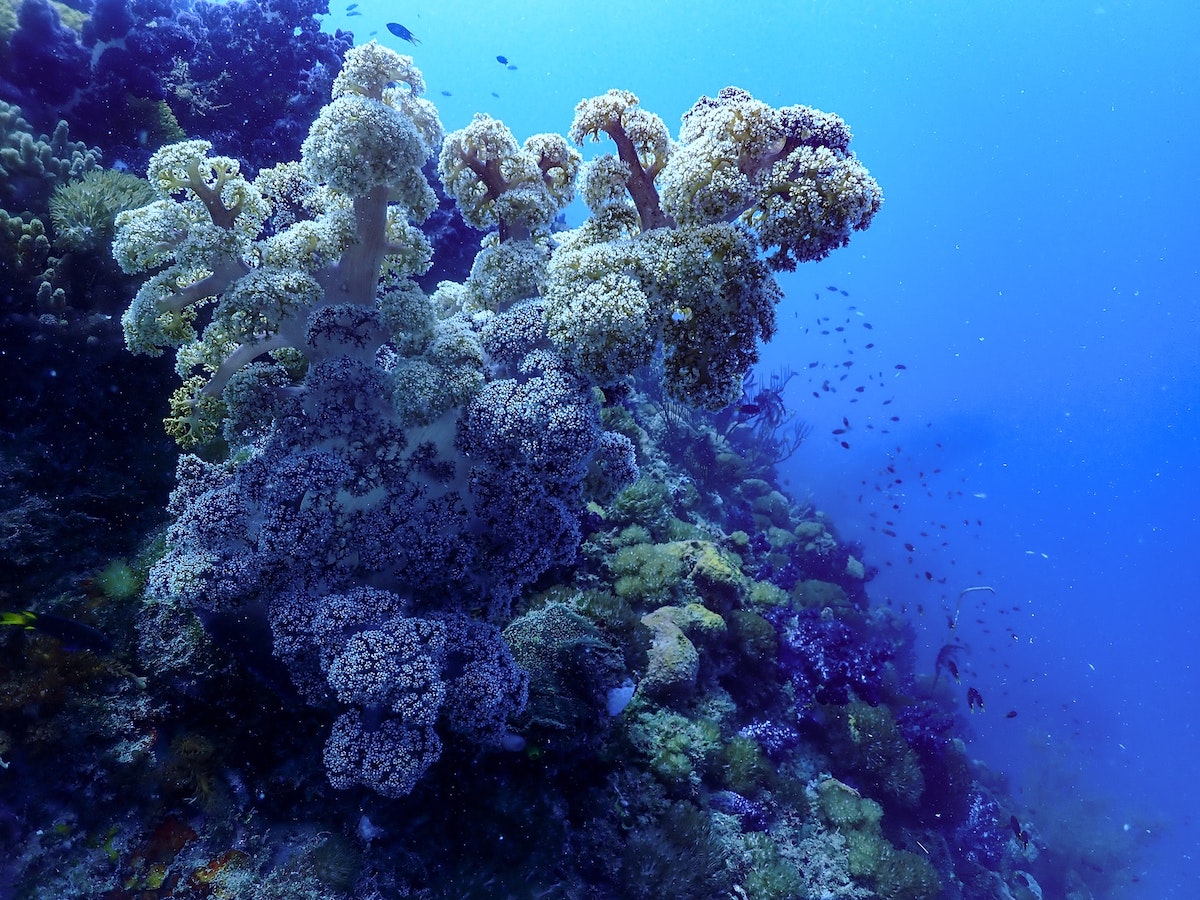
Fiji is a classic destination in Oceania, offering a wealth of forest-draped islands and snorkeling highlights worthy of any bucket list. If you’re looking for a destination that has something for every snorkeler, and plenty for non-snorkelers too, Fiji could be for you.
Viti Levu, the main tourism hub and largest of all Fijian Islands, is famous for its bull and tiger shark diving, and has beautiful coral reefs for snorkelers. Go island hopping from Viti Levu and you’ll be immersed in a world of rainbow-hued soft coral landscapes, pelagic fish, and manta rays. You could easily while away your days simply drifting over Fiji’s many thriving coral gardens.
Just make sure you leave some time to explore topside. The friendly Fijian welcome, excellent jungle hikes, lush rainforests and waterfalls are not to be missed.
The Federated States of Micronesia
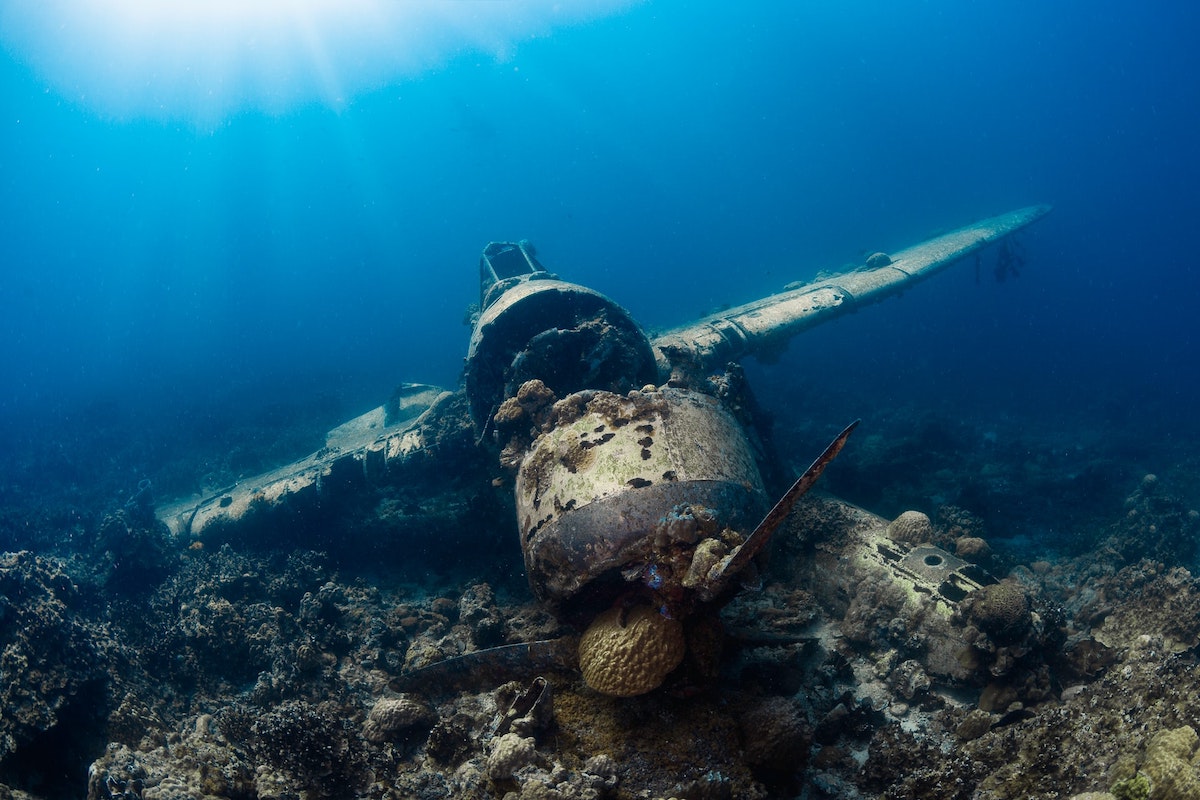
Micronesia is high on the wish list for many divers and consists of over 600 islands strewn across the western Pacific Ocean. This stunning destination is best-known as a wreck diving mecca and hosts dozens of World War II wrecks calm lagoon waters.
The wrecks of Chuuk Lagoon are renowned among divers and some of the wrecks are accessible to snorkelers. This calm, warm lagoon was the site of a fierce battle in World War II that resulted in hundreds of ships, planes and submarines sinking. The wrecks remain there to this day and are covered in rainbow-hued corals and surrounded by fish. Diving among the tanks, trucks and airplanes of this special lagoon brings history to life in the most vivid way.
As well as an enviable list of wrecks, Micronesia also has countless shallow reefs, manta rays at Yap, and some of the world’s most pristine snorkeling at Kosrae Island.
Palau

Palau is a snorkeler’s paradise with dazzling coral gardens and over 1300 fish species. Made up of 340 coral and volcanic islands, this stunning destination offers exceptionally good snorkeling.
The Rock Islands hosts the most popular snorkeling spots in Palau and can only be accessed by boat. This UNESCO World Heritage Centre is dotted with forest-draped islands surrounded by coral reefs. There are diverse underwater landscapes to explore, including drop-offs, walls, channels and sheltered bays.
With over 1300 fish species, 700 coral species and numerous prized critters, there is plenty for underwater naturalists and photographers to enjoy at Palau. Being the world’s first shark sanctuary, Palau’s waters are also busy with sharks.
Kathryn Curzon, a shark conservationist and dive travel writer for SSI (Scuba Schools International), wrote this article.
Blogs
The Suit Ocean Team leads the Ultimate Curacao Snorkeling Adventure
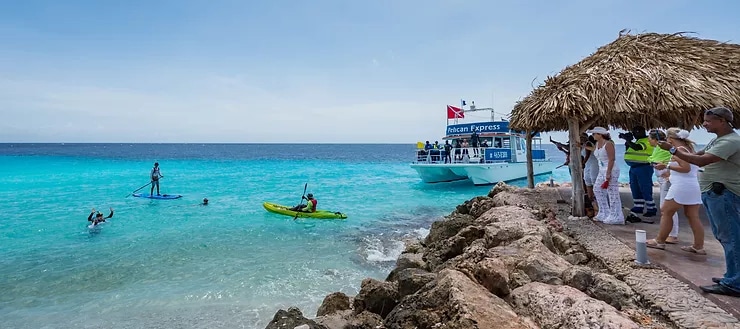
As passionate residents of our Dutch Caribbean Island, we must congratulate The Suit Ocean Team for creating more awareness about the importance of protecting our beautiful fringing reef systems in Curacao.
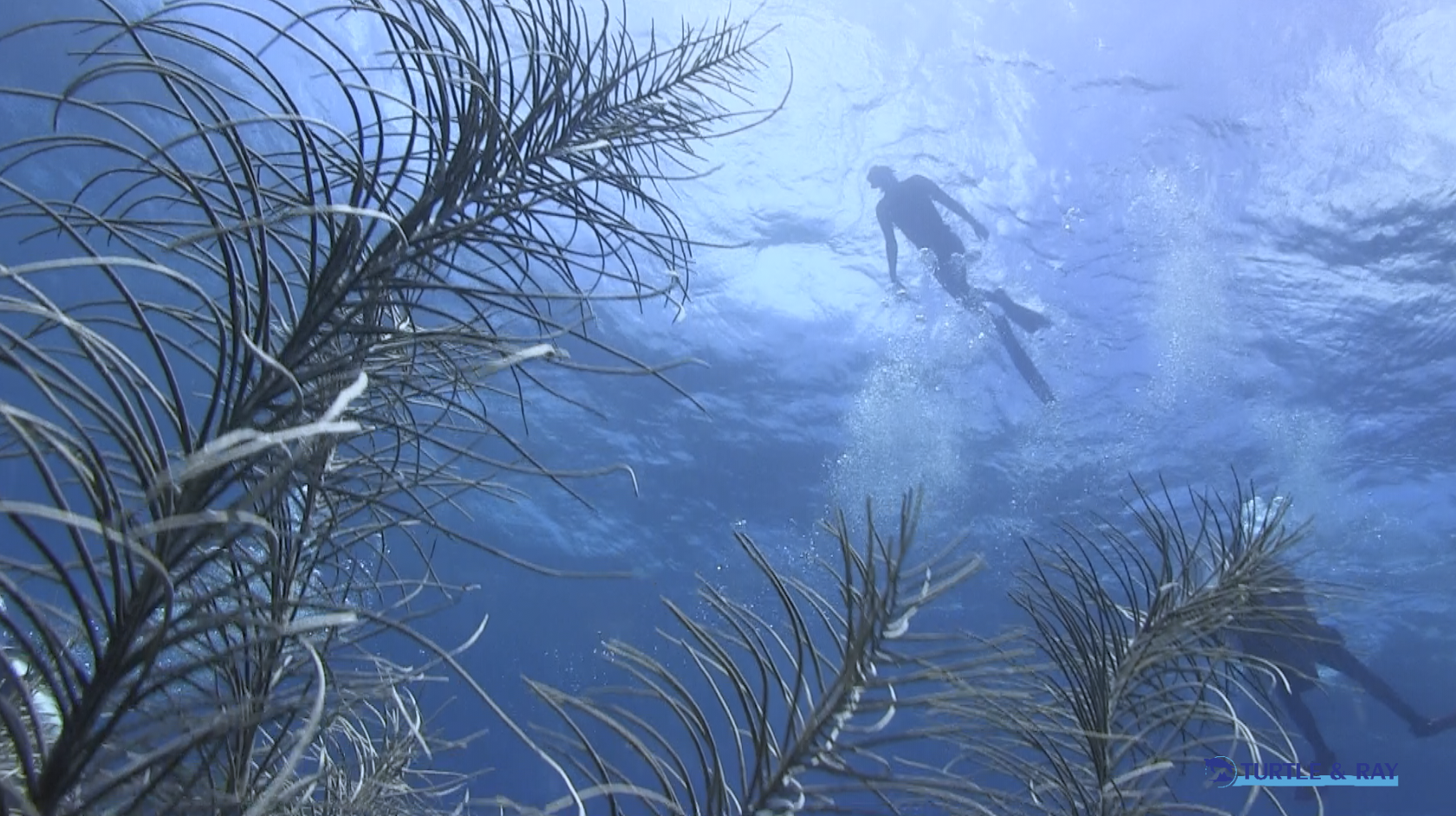
The film, Curacao Underwater Kunuku (Kunuku is Papiamento for Garden), not only documents this ultimate snorkeling adventure showing you how easy it is for everyone to access and enjoy a snorkel or diving experience, but it also showcases the interaction between man and nature, highlighting the beauty of underwater life while promoting conservation, preservation and the need to protect these vital habitats.
These are the key ingredients to this beautiful short film documentary. Watch NOW and please enjoy our “CURACAO UNDERWATER KUNUKU”.
This film, produced by the Lawrence Mensa Foundation (LMF), is also available in multiple languages including: Spanish, Papiamentu, Dutch, Portuguese and German.
Blogs
8 Unique Places to Go Snorkeling in Europe
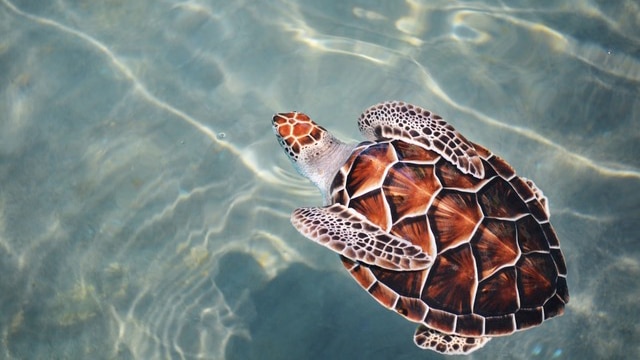
Snorkeling in Europe brings to mind golden sands dotted with beach umbrellas, clear waters, and rocky landscapes busy with Mediterranean fish life. Europe offers all of that, but it also offers so much more for snorkelers. Among Europe’s diverse countries, you can find impossibly bright blue lagoons, idyllic islands, and pristine marine reserves that host thousands of sea turtles and playful seals. You can snorkel over a sunken Roman city and explore one of the world’s premier marine megafauna hotspots. Ready for a summer vacation? Get inspired with our round-up of 8 unique places to go snorkeling in Europe.
Comino, Malta
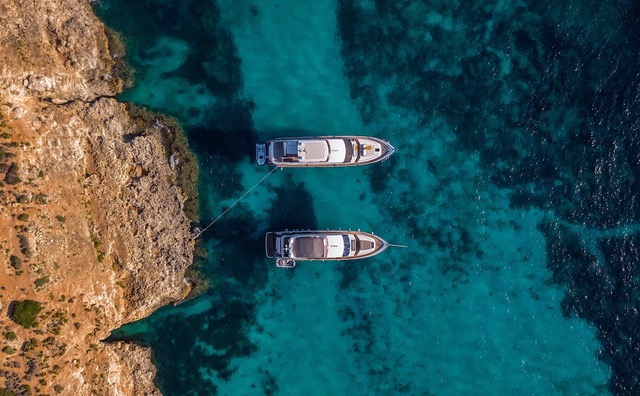
Sitting between the islands of Malta and Gozo, Comino Island is a paradise for snorkelers and divers alike. This tiny island hosts the brightest blue waters in the Maltese Islands and offers fantastic snorkeling among sheltered inlets and caves busy with diverse marine life.
Comino is best-known for hosting the Blue Lagoon; a bucket-list destination with crystal-clear waters and striking rocky landscapes. It is the perfect place to go snorkeling, take a hike, or simply marvel at the gorgeous scenery.
Medes Islands, Spain.
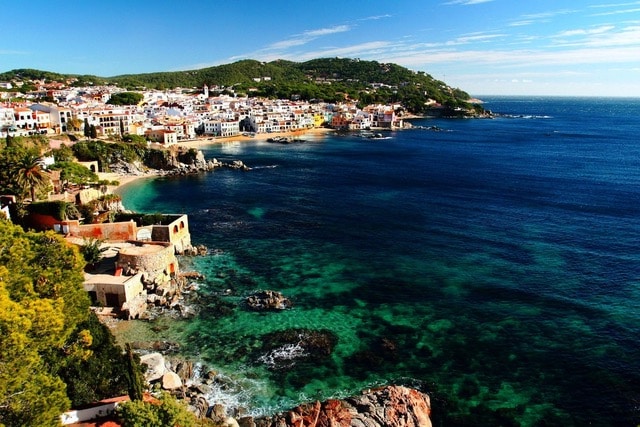
With over 500 dive sites and seaside destinations all along its coastline, Spain draws tourists from around the world. This vibrant country is one of Europe’s top vacation spots.
The Costa Brava in northeastern Spain is home to some of the most famous snorkeling spots in the country, one of which is the Medes Islands. This small archipelago of seven islets off L’Estartit is one of the best marine reserves in all of the Mediterranean.
Fishing was banned at the Medes Islands over 30 years ago, which has allowed marine life to flourish there. Seagrass meadows and rocky areas busy with fish await. A visit to this exceptional marine ecosystem is a must if you are visiting Spain.
Zakynthos, Greece.
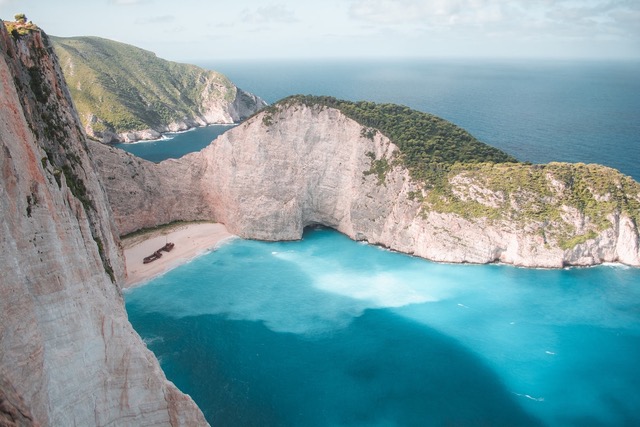
If you love sea turtles, Greece should be top of your list of places to go snorkeling in Europe.
Zakynthos is home to Marathonisi Island, also known as ‘Turtle Island’. This small island sits within the National Marine Park of Zakynthos and is a vital breeding ground for loggerhead sea turtles. The National Marine Park of Zakynthos was created in 1999 to protect these turtles, plus rare Mediterranean monk seals, which give birth to their young in Zakynthos’s secluded caves.
Marathonisi, nearby Cameo Island, and Zakynthos, are the top places in Europe to swim with turtles. In the summer months, thousands of loggerhead turtles visit the area to lay their eggs and you can go snorkeling with them.
Lundy Island, United Kingdom.
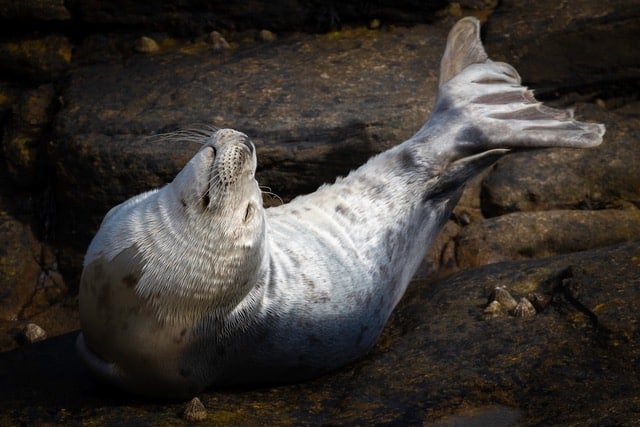
Snorkeling with seals is bound to leave a smile on your face. These cheeky animals are known for getting up close to snorkelers, checking them out, and occasionally nibbling fins.
Lundy Island is one of the best places to go snorkeling with seals in Europe. This island sits just 12 miles off the coast of Devon and hosts a breeding colony of Atlantic grey seals. The seals can be found playing in the surf and lounging in the sunshine at various points around the island.
Grab your snorkeling kit and dive in. Below the water, you will find shallow sunlit kelp forests, a variety of reefs, sea caves, and pinnacles. Lundy is a popular place for diving, but you will see plenty of marine life from the surface, including bright cup corals, anemones, fish, and hopefully seals.
Sunken City of Baiae, Italy
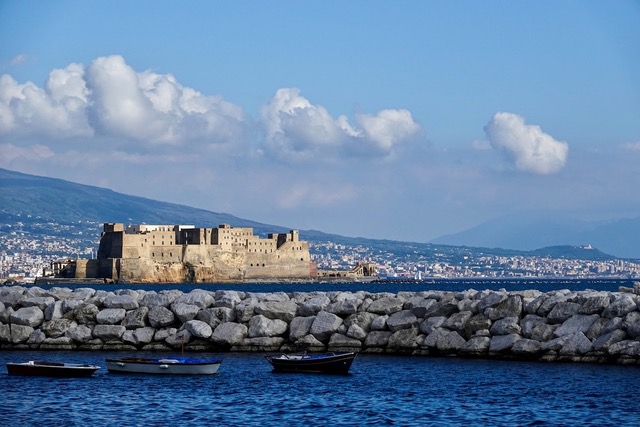
Not every great snorkeling experience is about marine life. In Italy, you can snorkel over ancient Roman ruins.
Two thousand years ago, Baiae was the destination for rich Romans to escape the city and relax by the seaside. Countless emperors and merchants flocked to Baiae’s shores every year, until tectonic activity forced this thriving city underwater.
Today, Baiae is an intact underwater city and one of the top highlights of snorkeling and diving in Italy. Observing these ruins is a breath-taking experience that brings history to life. There are Roman statues, a thermal spa, paved roads, and pillars dating back to the 1st century BC.
Corsica, France
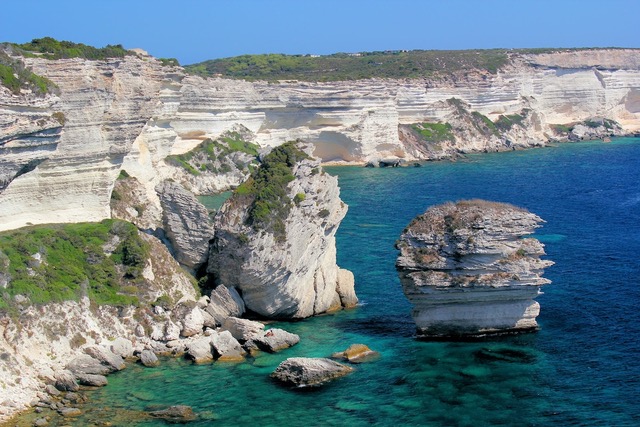
Corsica is renowned for its crystal-clear waters and shallow bays perfect for snorkeling with your kids.
This gorgeous island in the Mediterranean Sea boasts dramatic cliffs and white-sand beaches that hosts a wealth of accessible snorkeling spots. There are rich seagrass beds and rocky landscapes, plus small hidden coves dotted around the island. All of which host a diverse array of marine life, including huge schools of fish, octopi, moray eels, and starfish.
Corsica’s calm waters make it ideal not just for kids, but also for beginner snorkelers and those who want an easy time in the water. With water temperatures reaching up to 26 °C, plus water visibility of up to 30 meters, Corsica ticks the boxes for a laidback beach and snorkeling vacation.
Traun River, Austria
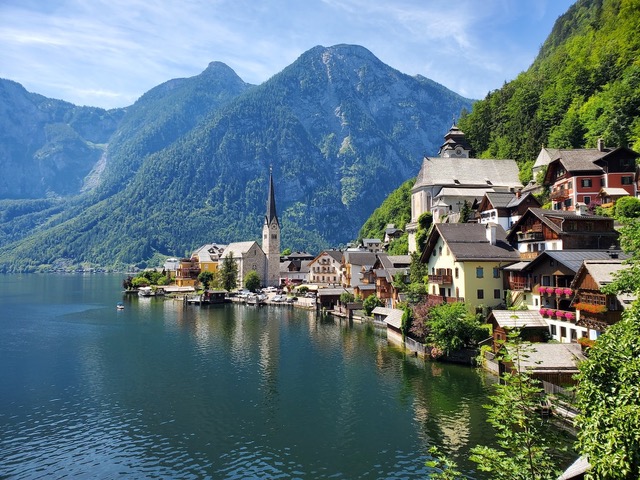
You might not think of Austria for snorkeling, but this land of iconic mountains and lush green landscapes has pristine lakes that attract divers and snorkelers every year. Away from the lakes, you can go snorkeling in spring-fed rivers that gleam in the sunshine.
Forget about floating on the surface when you go river snorkeling. At the Traun River in Upper Austria, river snorkeling involves rock jumping, canyoning, and some relaxed floating downstream. Along the way, you can explore interesting rock formations, underwater caves, and a waterfall, and meet freshwater fish life. This is also an excellent spot to go drift diving.
The Azores, Portugal
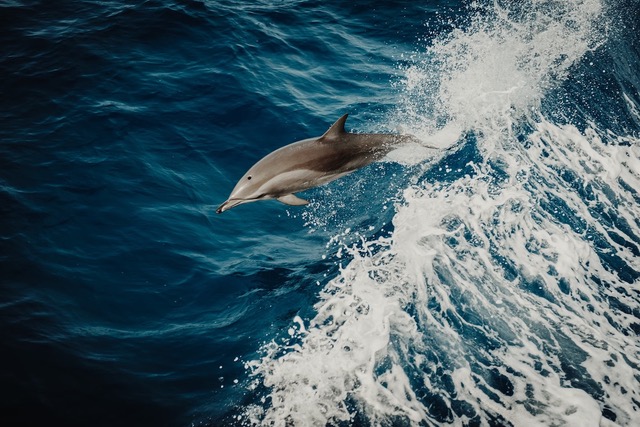
Sitting in the middle of the Atlantic Ocean and surrounded by endless blue waters, the Azores is a mecca for marine megafauna.
These famous islands host a remarkable amount of marine life, including more than 27 whale and dolphin species, mobula rays, and sharks. Snorkeling at the Azores is a great way to experience this wealth of life. You can swim with dolphins and snorkel among dozens of mobula rays and big pelagic fish.
And if you have a scuba certification, you can also go diving with mako and blue sharks. With water visibility reaching up to 60 meters, the Azores is incredible whichever way you choose to explore.
Kathryn Curzon, a conservationist and dive travel writer for SSI (Scuba Schools International), wrote this article.



